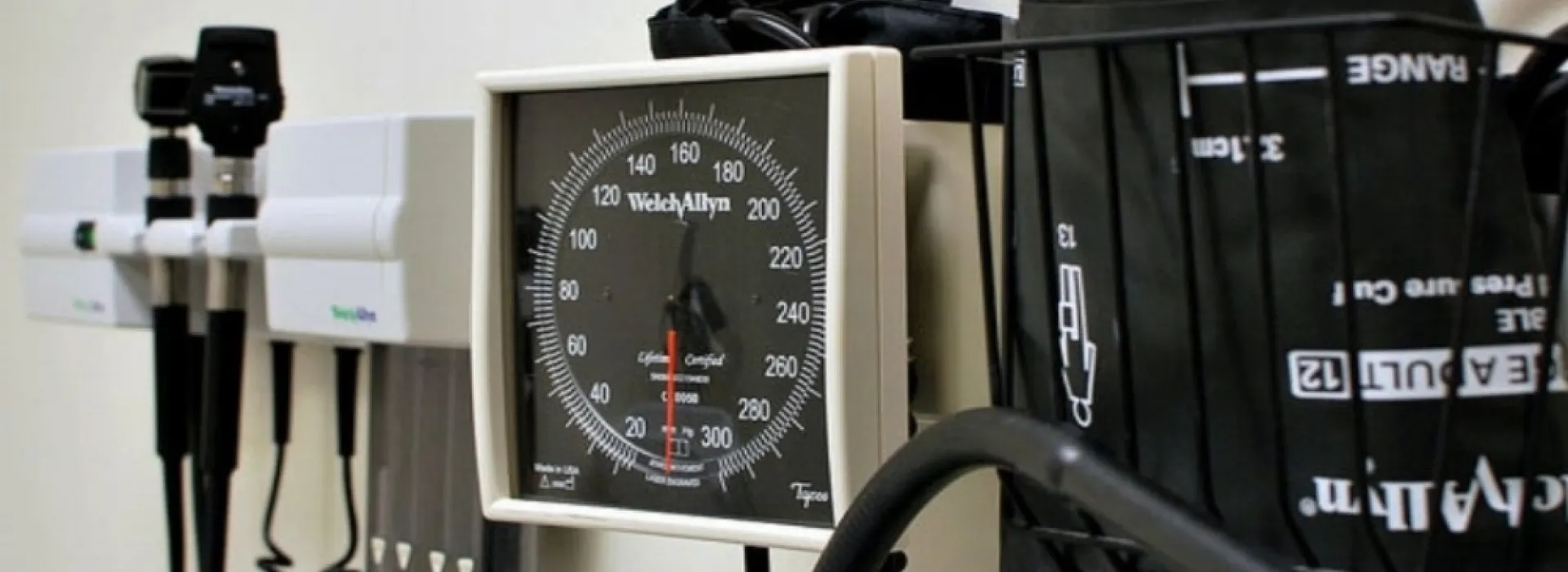Isn’t it interesting that as technology evolves, it becomes more and more analogous to humanity? It seems the more complex our technology, the more it mirrors its creators. Are we creating technology and shaping its evolution, perhaps unwittingly, in our own image?
All philosophy aside, there is a distinct parallel between how the human body functions and how your IT infrastructure operates. Proper care, maintenance, and treatment are required for both human systems and technological systems. Both are vulnerable to weaknesses from within and without their respective systems. And, as with all things, they both have a lifecycle that will inevitably come to an end.
Click Here: Save Money On Your Technology Operations Through These IT Solutions
Let’s explore 5 fascinating ways your IT is just like the human body.
1. To Stay Healthy, Monitor and Track Activity
Both the human body and your IT systems require regular maintenance to operate correctly. To keep either of these systems operating at peak performance, it’s best to monitor and track activity and then build a maintenance schedule around all the major (and minor) systems that comprise the whole.
Think of it this way: doctors monitor patient health for signs of change by tracking activity over time. Then, a customized healthcare plan is designed to provide that patient with the best possible quality of life.
In the same way, your IT provider routinely monitors and tracks your system’s performance, then creates a detailed plan for maintaining optimal IT health. By analyzing the performance metrics of your IT system’s networks, servers and other technology over time, your IT provider can identify and measure any baseline deviations, then prescribe the appropriate care required to keep your IT in tip-top shape.
2. Preventative Maintenance is Required
Proactive healthcare is essentially the same concept as preventative IT maintenance. Regular exercise, taking vitamins, eating healthy, and avoiding harmful substances and activities are all examples of proactive health management.
A regular IT maintenance schedule includes many upkeep activities, such as: consistent and current software updates, patch installation and management, redundancy resolution, file clean up, and regular data backups. By routinely maintaining your IT infrastructure, your IT professionals take what they learn from their monitoring and baseline reporting and develop a “health management” schedule, placing priority on proactive care for your company’s overall IT health.
3. System Threats are Dangerous
There’s a reason we call destructive malware a “computer virus.” Biological and digital viruses act almost identically: they enter a system, steal resources to copy themselves (to steal even more), and cause major damage all along the way, often resulting in a crippling infection.
In IT, different types of viruses pose different threats, but the most damaging viruses steal sensitive data and work very hard to remain hidden for as long as possible. This concept relates back to the importance of preventative maintenance: you provide hand sanitizer during flu season and encourage hand washing while IT professionals monitor your IT systems for changes to protect your data and systems. Your defenses can be strengthened to defend against or even prevent viruses and other threats from compromising your network.
4. All Good Things Come to an End
One truth remains constant: all things change. In life, everything comes to its natural end. The same is true of your information technology. This isn’t a bad thing—it just is what it is.
As your business grows, it also outgrows IT systems. Old technology becomes incompatible and outdated. Hardware often needs to be refreshed as often as every 3 to 5 years to avoid downtime.
Yes, while system failure is an uncomfortable topic, it’s really all about perspective. If you accept that your IT systems will eventually expire, then you’re more able to remain flexible, current, competitive, and operating smoothly. With proactive planning, your establishment can budget for these changes, then choose when to update your IT systems to stay ahead.
5. We Feel Best When We Find the Right Doctor
Finding the right doctor can take a long time, but once you’ve found the right one, you’re likely to stick with their practice for a long time. Again, the same is true in regards to choosing an IT provider. Not all IT options are the right choice—it’s about finding the right fit for your business and your IT needs. Just like there are specialized doctors, there are also specialized IT providers.
Finding the right IT provider can take time, but it will always be worth it. Placing your IT infrastructure in the caring hands of an IT provider that knows what, when and how to manage your network is one of the most important relationships your company can develop.
Just like a healthy body serves a healthy mind, healthy IT is the foundation for a healthy business.
To learn about warehouse technology trends, follow us on LinkedIn, YouTube, X, or Facebook. If you have other inquiries or suggestions, please contact us here. We’ll be happy to hear from you.












